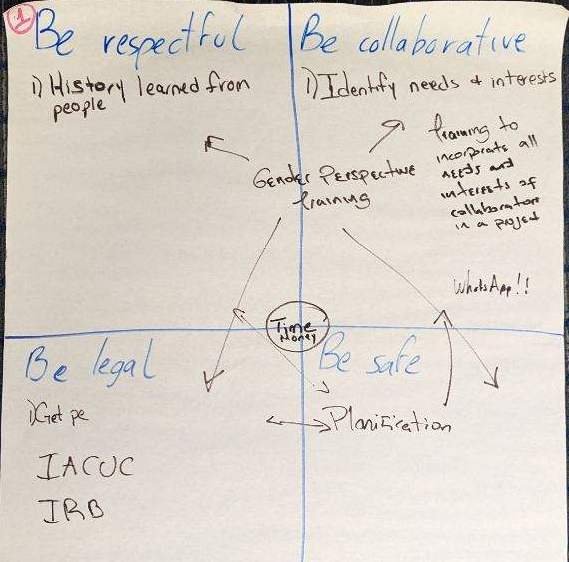In the midst of the COVID-19 pandemic, Kate Montana, Becca, and Lawrence Uricchio were able to conduct a safe field collection trip to the Presidio, with the help of Jonathan Young in early October 2020. The animals that we collected that day are in the process of being accessioned — the first Pseudacris from San Francisco that have been added to the MVZ collection since 1923!
9:45am 03/11/2021. Adding some more information: This population of P. regilla is actually pretty interesting. The frog hadn’t been present in the Presidio for some time. They were recently reintroduced from a community garden in the potrero hill area. According to Jonathan Young, when that pond was removed by MUNI, some frog-loving folks relocated the frogs to the then recently created Presidio "dune pond." Thus, the frogs in this marsh are from SF, and actually there are still some P. regilla on private property near potrero hill, at least as of 5 years ago. This marshy area is marked off-limits to dog-walkers, to help preserve the area for the frogs to rebound.















